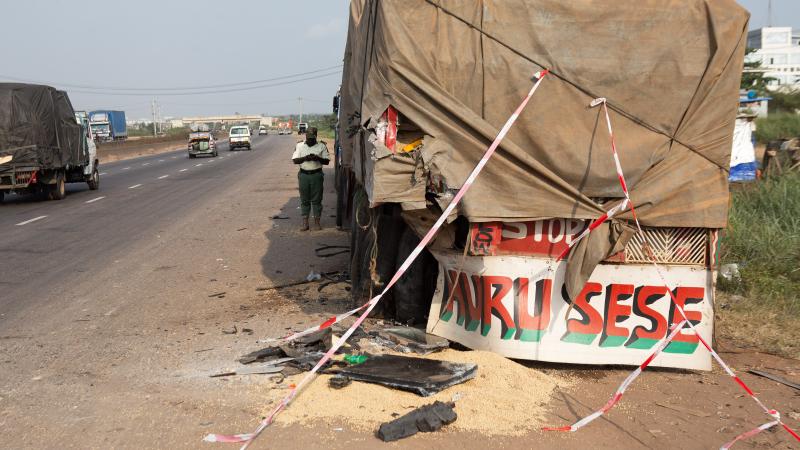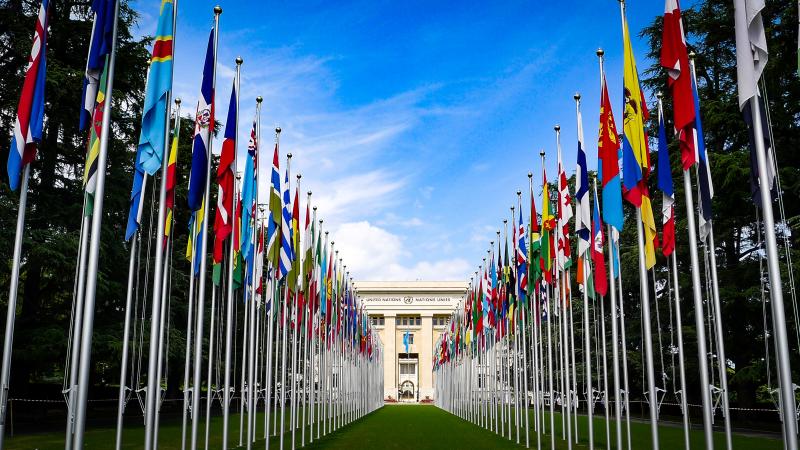NYPD remove 'Occupy City Hall' demonstrators from public encampment during pre-dawn raid
Police in tactical gear cleared the area Wednesday morning, following nearly a month of the demonstration, which had begun attracting a significant homeless population
In the pre-dawn hours on Wednesday, New York City Police officers in tactical gear cleared out the "Occupy City Hall" encampment that had made City Hall Park its home during a month-long demonstration against police brutality.
Recently, the City Hall Park set-up had attracted a number of homeless people. Mayor Bill de Blasio said the decision to shut down the demonstration was made on Tuesday night, out of concern for public health and safety.
“What we saw change over the last few weeks was the gathering there got smaller and smaller, was less and less about protest and more and more of an area where homeless folks were gathering,” he said.
Just before 4 a.m., officers in helmets moved in with a wall of plastic shields in place. Seven individuals were arrested following clashes with the officers. One person was taken into custody after throwing a brick at a policeman.
The officers removed the makeshift tents and tarps in which demonstrators and homeless people had been living for weeks, tossing them into sanitation trucks. By 8 a.m., cleaning crews were scrubbing away graffiti from sidewalks, subway entrances and nearby buildings.
The occupation started June 23, when roughly 100 people set up camp outside the east entrance of City Hall, in an effort to pressure the City Council to cut the New York Police Department budget before the July 1 budget deadline.
Within days of its establishment, the encampment grew into a larger-scale squatters colony that offered food service, hand-sanitizing and a library where people could hear lectures on the so-called prison industrial complex and school-to-prison pipeline.
The height of the operation came June 30, when thousands of protestors gathered to watch the City Council vote on the budget. The council opted to reallocate nearly $1 billion in city funding from the police department, but failed to fully satisfy protesters' demand.
After nearly a month of the encampment's existence, neighborhood residents, who once supported the political motivations of the demonstrators, began to take issue with the compound. The protest in Abolition Park, which is what occupiers began calling the area, had deteriorated into a makeshift outdoors homeless shelter, suffering from periodic bouts of violence and constant disorder.
















